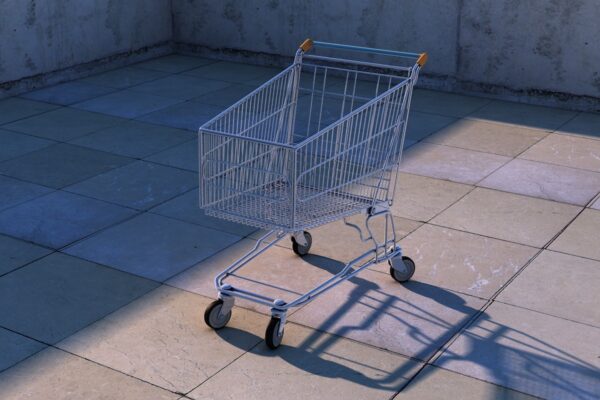A recent string of grocery store closures throughout Chicago’s South and West Side neighborhoods is highlighting the inequities of food access throughout the city, areas that have been historically impacted by redlining.
Within the past year, the areas have lost at least three grocery stores, including a Save A Lot, Aldi and Whole Foods. The loss has sparked frustration from residents and an opportunity for community organizers to provide greater outreach measures.

“Different stores like Whole Foods and Aldi, at the end of the day they’re a business,” said Enrique Orosco, data and communications specialist at the Chicago Food Policy Action Council. “Their goal or purpose is not to feed our community. Their mission as a business is to make money.”
Food Desert or Food Apartheid?
What’s happening on the South and West Sides of Chicago is also happening in different areas of the United States. Known as food deserts — defined by the USDA as ”A low-income tract with at least 500 people, or 33 percent of the population, living more than 1 mile (urban areas) or more than 20 miles (rural areas) from the nearest supermarket, supercenter, or large grocery store” — communities with low access to healthy and affordable foods are often located in marginalized, low-income neighborhoods. These neighborhoods — often with high instances of immune-compromised illnesses — lack affordable access to foods such as fruits, vegetables, whole grains, and dairy products.
Stores such as Aldi and Whole Foods are brands positioned as offering access to healthy foods. The removal of these stores throughout Chicago’s South and West Sides is alarming to both residents and community activists.
While food desert is a popular term, some local organizations do not agree with its use. The Chicago Food Action Policy Council argues that the term “food apartheid” should be used instead as it places the focus on the systems and parties that are responsible for the low food access to be held accountable. In contrast, a food desert implies that a lack of food access is a natural occurrence.
These [decisions] came about through very systematic policies and decisions that were made by people,” Orosco told WEBZ Chicago. “Calling the issue for what it is gives power back to people and organizers.”
A 2018 study published by various Chicago-area universities discovered that while the number of grocery stores in the city increased between 2007 and 2014, there was very little change in communities that were already considered food deserts. In most instances, these neighborhoods were low-income neighborhoods–predominately Black–that were on Chicago’s South Side.
The absence of grocery stores can impact entire communities that were already suffering from various socio-economic pitfalls.
“We see that those maps often align with historic maps of redlining,” Daniel Block, a researcher told WBEZ Chicago. “When a store closes and it doesn’t reopen, that adds to that pattern of disinvestment.”
Response By Community Organizations
Since the recent closure of grocery stores, organizations such as St. Sabina Social Services Center, have seen the number of clients using the food pantry use increase from 793 to 919.
Shnia Davis, the executive assistant for the Garfield Park Rite to Wellness Collaborative, moved to West Garfield Park three years ago. Davis shopped at Aldi’s often before it abruptly closed.
“Since I’ve been here, I’ve seen two grocery stores close,” she said. “I went there [Aldi] one day and came back a couple of days later and it was closed.”
Davis recently purchased a car so that she could drive to a grocery store located four miles away from her home.
Yet, many residents do not have the luxury of purchasing a car or traveling long distances on public transportation to go grocery shopping.
Instead, many are relying on local food pantries and gardens to supplement their access to food.
Cynthia Love, president of Block by Block, a housing education nonprofit, has seen an increase in residents requesting food drives.
“I’ve seen the numbers go up of people asking about food resources,” she said. “I’ve been getting calls from other neighbors who have been asking me about food pantries. Are we going to get the food again?”




